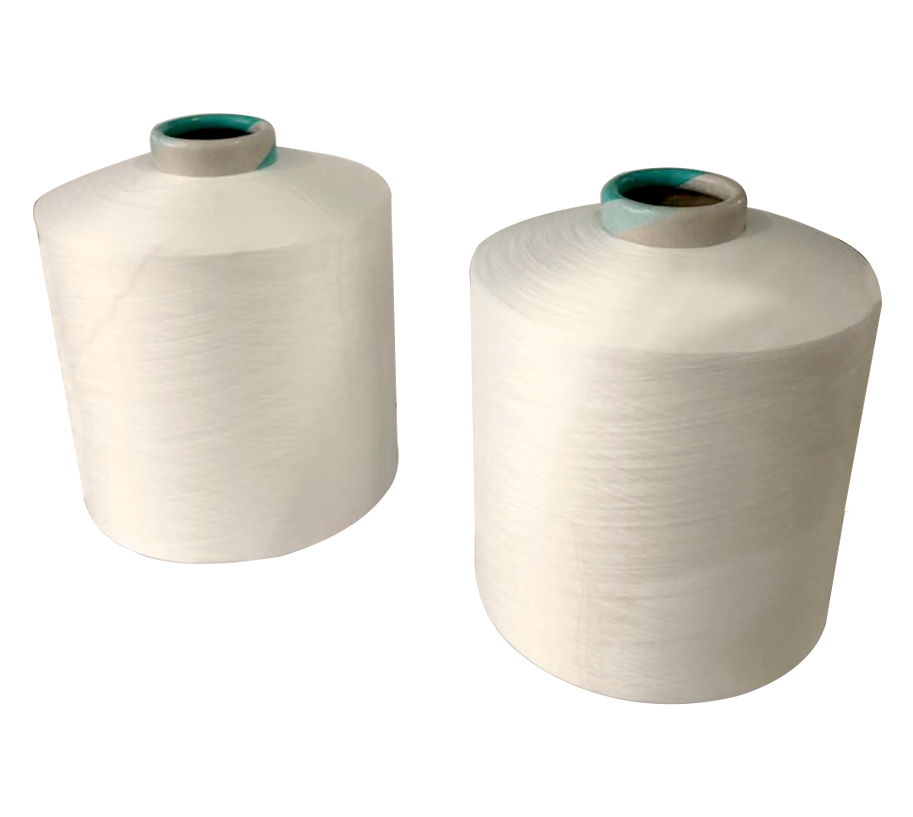Yarn Type: Polyester High Elastic Yarn Size: 450D/192F Material: 99.99% Polyeste...
See DetailsChemical fiber yarn refers to the chemical fiber yarn produced by using chemical fiber as raw material.
Chemical fiber is a general term for fibers made from natural or synthetic polymer materials and processed by chemical or physical methods. Due to the different sources of polymer compounds used, it can be divided into man-made fibers using natural polymer materials as raw materials and synthetic fibers using synthetic polymer materials as raw materials. Referred to as chemical fiber.
Fabric knowledge: Tips for the difference between real silk fabric and chemical fiber
Observe the gloss. The luster of the silk fabric is soft and uniform, bright but not dazzling. Although the luster of rayon is also bright, it is not soft and pleasing to the eye. Although the luster of polyester yarn is uniform, there are flashes or shiny yarns. Nylon yarn has poor luster, and it feels like a layer of wax.
Feel the hand. There is a handle feeling when you touch the silk fabric, but other chemical fiber products don't have this feeling. Rayon fabric is smooth and soft, but not stiff. Cotton silk weaves are harder to touch but not soft.

Look closely at the crease. When the silk is squeezed tightly and then released, there is no crease because of its elasticity. Rayon fabrics have obvious creases after letting go, and the creases are difficult to restore to their original shape. Although nylon silk spun has creases, it can slowly return to its original shape, so don't be confused by its false appearance.
Test fiber tension. Pull out a few fibers at the edge of the fabric and wet it with your tongue. If it is easy to break at the wet place, it is rayon. If it is not broken at the wet place, it is real silk. If the fiber is in a dry and wet state The strength is very good, and it is not easy to be broken if it is nylon yarn or polyester yarn.
Listen to the sound of friction. Because the silk surface is protected by sericin and is resistant to friction, dry silk fabrics will make a noise when rubbing against each other, commonly known as "silk ming" or "silk ming"; while other chemical fiber products appear silently.